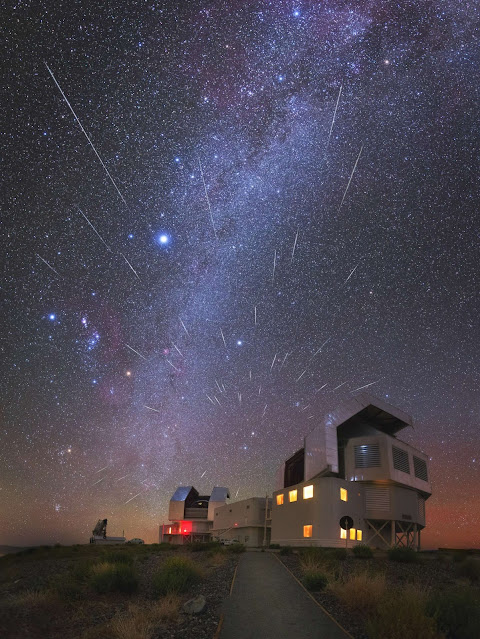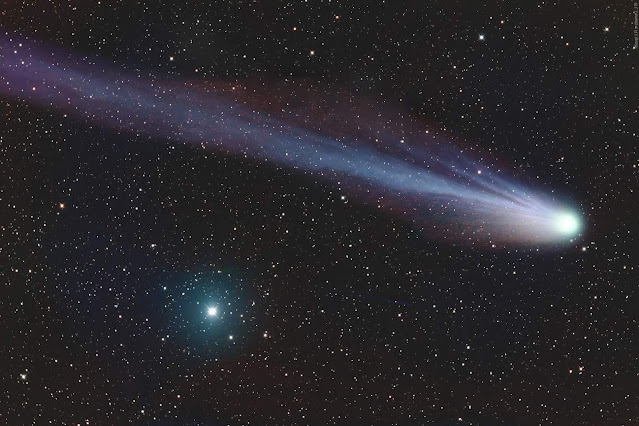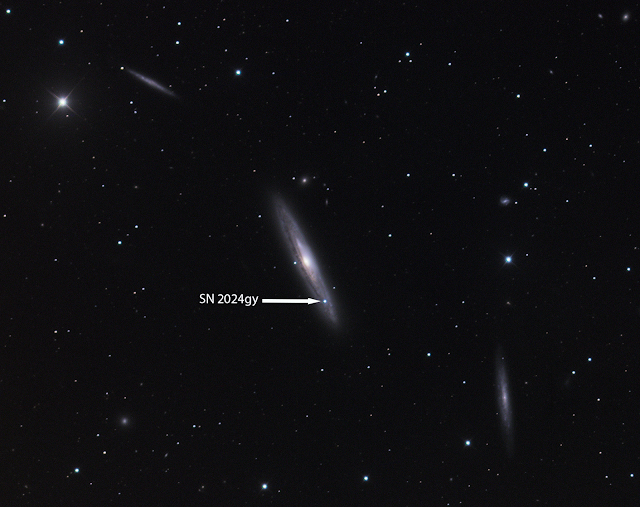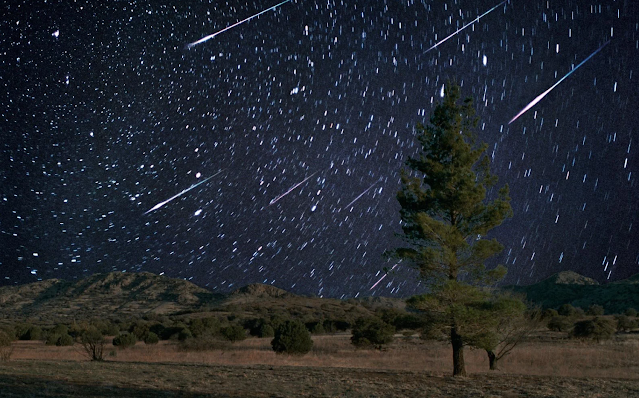Observing Meteor Showers
The night sky is a treasure trove of celestial wonders, and one of the most awe-inspiring events it has to offer is a meteor shower. While many meteor showers occur throughout the year, a few stand out as the best displays of shooting stars and captivating stargazers with their mesmerizing celestial light shows. Among these, the Perseids, Geminids, and Quadrantids are some of the most eagerly anticipated meteor showers.
The Perseid meteor shower, which peaks in mid-August, is a celestial spectacle that should not be missed. This annual event is known for producing up to 100 meteors per hour, originating from the comet Swift-Tuttle. To observe the Perseids, head to a dark location away from city lights, lie back, and let your eyes adjust to the darkness. The radiant point, where the meteors appear to originate, is the constellation Perseus. The best viewing times are after midnight when the radiant is high in the sky.
The Geminid meteor shower, which occurs in mid-December, is another must-see event. These meteors, known for their multicolored streaks, are caused by debris from the asteroid 3200 Phaethon. To catch the Geminids at their peak, find a dark spot away from artificial light sources and look towards the constellation Gemini. The best viewing typically occurs after midnight, and this shower often boasts 100 to 120 meteors per hour, making it one of the year's most reliable meteor showers. Lastly, the Quadrantid meteor shower graces the skies in early January, with a peak that can deliver around 60 to 200 meteors per hour. Originating from an asteroid called 2003 EH1, the Quadrantids are best seen in the northern hemisphere. To observe them, bundle up against the cold and seek out a dark spot just before dawn. The radiant for this shower lies in the constellation Bootes, and the brief but intense peak is a spectacular way to start the new year for avid stargazers.
These meteor showers offer celestial enthusiasts some of the most stunning natural displays the night sky has to offer. To maximize your viewing experience, make sure to find a dark, light pollution-free location, be patient, and give your eyes time to adjust to the darkness. So, mark your calendar and be ready to be amazed by the beauty and wonder of shooting stars during these spectacular meteor showers.










Comments
Post a Comment